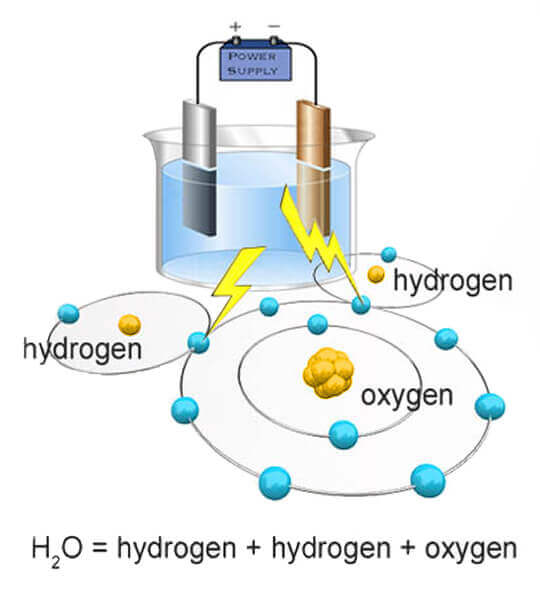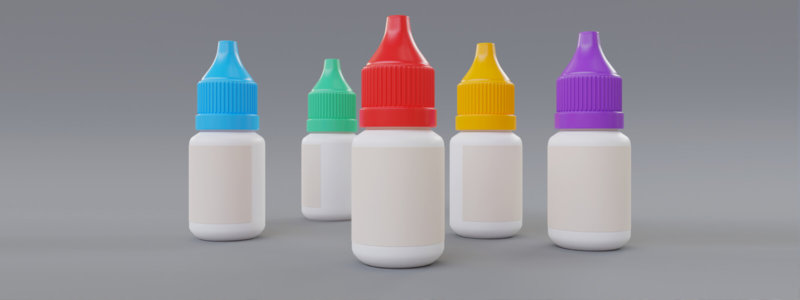Aerobic Stabilized Oxygen vs. Bio-available Liquid Oxygen
The first word is the most apparent difference between “aerobic bio-available oxygen” and “bio-available liquid oxygen.” When used to qualify the phrase “stabilized oxygen,” they have some overlap in meaning and some distinct differences.
First, for all “oxygen water” or “stabilized oxygen” products, there is no apparent authority saying what these terms are supposed to mean. So what I am presenting here is what is commonly meant by these terms and what we here at OxygenSuperCharger.com define them to mean.
Stabilized Oxygen
The term “stabilized oxygen” describes a liquid with oxygen within it. When taken literally, this means that there is actual oxygen above and beyond water itself (H2O). The oxygen is not a free-floating unstable gas but bound or stabilized into a liquid. And here is where the phrase “stabilized oxygen” is often misused, in my opinion.
There are two main types of stabilized oxygen products. What we call the “old technology” products are either strong forms of hydrogen peroxide or contain a chemical that, when ingested, creates additional oxygen through a chemical process. Hydrogen peroxide (H2O2) does have oxygen, so it can say it is a stabilized oxygen product. However, the ones that rely on the chemical process are not stabilized oxygen.
How do you know what stabilized oxygen products use the old technology chemical process? Because the directions say their product MUST be diluted before ingesting. And you can not use it directly on the skin without diluting it because the undiluted product is caustic.
Aerobic Stabilized Oxygen

“Aerobic”… Makes me think of those exercise videos of the 1980s. In actuality, the term “aerobic” means “requiring air,” whereas “air” usually means oxygen. The word “aerobic” is also used as a qualifier for other terms, such as aerobic respiration, the aerobic process of cellular respiration, or how oxygen enters and leaves cells. It’s used to describe a living thing as an aerobic organism, a living thing with an oxygen-based metabolism.
So at first glance, it looks like “aerobic bio-available oxygen” is a redundant term to use aerobic with the word oxygen. Still, in the term “aerobic bio-available oxygen,” the word aerobic is usually used to emphasize it is antithetical to anaerobic organisms like viruses and bacteria.
Anaerobic
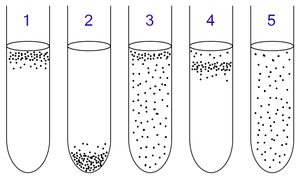
Anaerobic is a word coming from the Greek word “αναερόβιος” (comprising from the words αν=without, αέρας=air and βίος=life) which literally means living without air, as opposed to aerobic. Anaerobic organism, any organism whose redox metabolism does not depend on free oxygen.
Anaerobic is a word coming from the Greek word “αναερόβιος” (comprising from the words αν=without, αέρας=air and βίος=life) which literally means living without air, as opposed to aerobic. Anaerobic organism, any organism whose redox metabolism does not depend on free oxygen.
— Wikipedia
An anaerobic organism or anaerobe is any organism that does not require oxygen for growth. It could react negatively and may even die if oxygen is present.
Our too-low cell oxygen levels encourage toxic buildups and the growth of anaerobic (can’t live in active oxygen) microbes such as bacteria, viruses, fungi, and other pathogens inside us and inside our animals and pets, and in our plants. Anaerobes and toxicity slowly building up and overtaking us until we break down are the ultimate cause of most human, animal, and plant health problems as well as being the precursors to the whole list of ‘incurable’ diseases.
Our too-low cell oxygen levels encourage toxic buildups and the growth of anaerobic (can’t live in active oxygen) microbes such as bacteria, viruses, fungi, and other pathogens inside us and inside our animals and pets, and in our plants. Anaerobes and toxicity slowly building up and overtaking us until we break down are the ultimate cause of most human, animal, and plant health problems as well as being the precursors to the whole list of ‘incurable’ diseases.
— OxygenHealth.com
To conclude this section, the term “aerobic stabilized oxygen” would be an appropriate phrase to describe both the old technology products because if they increase oxygen within the body, then they have the potential to impact anaerobic organisms negatively. However, the same can be said of the new technology “bio-available liquid oxygen” products like OxygenSuperCharger.
Bio-available Liquid Oxygen
OxygenSuperCharger’s proprietary process. So why does OxygenSuperCharger distinguish itself by saying it is “activated” stabilized oxygen? Because, OxygenSuperCharger contains high levels of active oxygen within its liquid well over and above the amount found in the water itself (H2O), which is then released inside the body, not chemically created. This is why we can legally say it is “35% bio-available liquid oxygen”.
Our million-dollar proprietary process electrically unbinds the oxygen in pure water from its hydrogen molecule. It then electrically binds it to sea salt minerals to stabilize it within the liquid. See our narrated video Bio-available Liquid Oxygen Explained to learn more about our process.
Anaerobic Bio-available Liquid Oxygen
And, because OxygenSuperCharger contains such high levels of oxygen in it, we could also legally say it is anaerobic bio-available liquid oxygen, the best of both worlds.

-
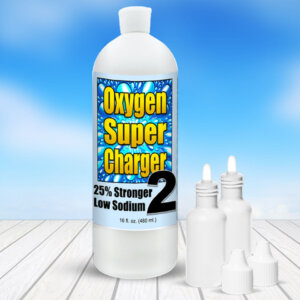
Ultra Strength OxygenSuperCharger2, 25% Stronger, 16–Ounce Bottle
$119.97 Add to cart -
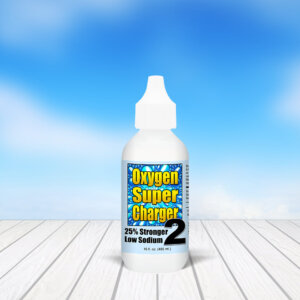
Ultra Strength OxygenSuperCharger2, 25% Stronger, 2–Ounce (Sample Size)
$35.97 Add to cart -
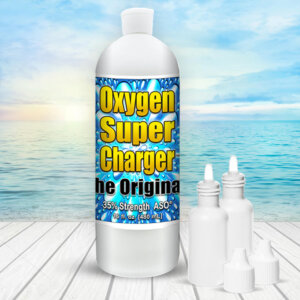
Original 35% Strength OxygenSuperCharger, 16–Ounce Bottle
$96.97 Add to cart -
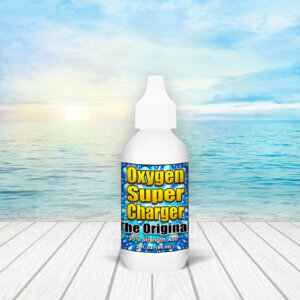
Original 35% Strength OxygenSuperCharger, 2–Ounce (Sample Size)
$27.97 Add to cart -

MineralSuperCharger, Premium Multi-Mineral Supplement, 32-Ounce Quart
$98.97 Add to cart -
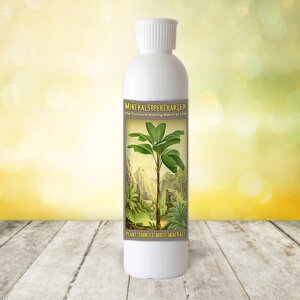
MineralSuperCharger, Premium Multi-Mineral Supplement, 8-Ounce (Sample Size)
$29.97 Add to cart -
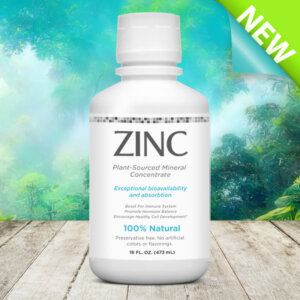
Zinc – Plant-Sourced Mineral Concentrate, 16-ounce
$24.97 Add to cart -
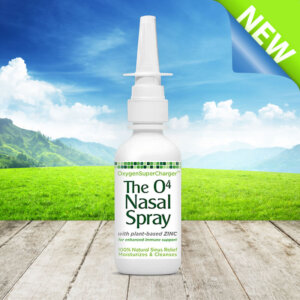
O4 Nasal Spray with Zinc
$14.97 Add to cart

